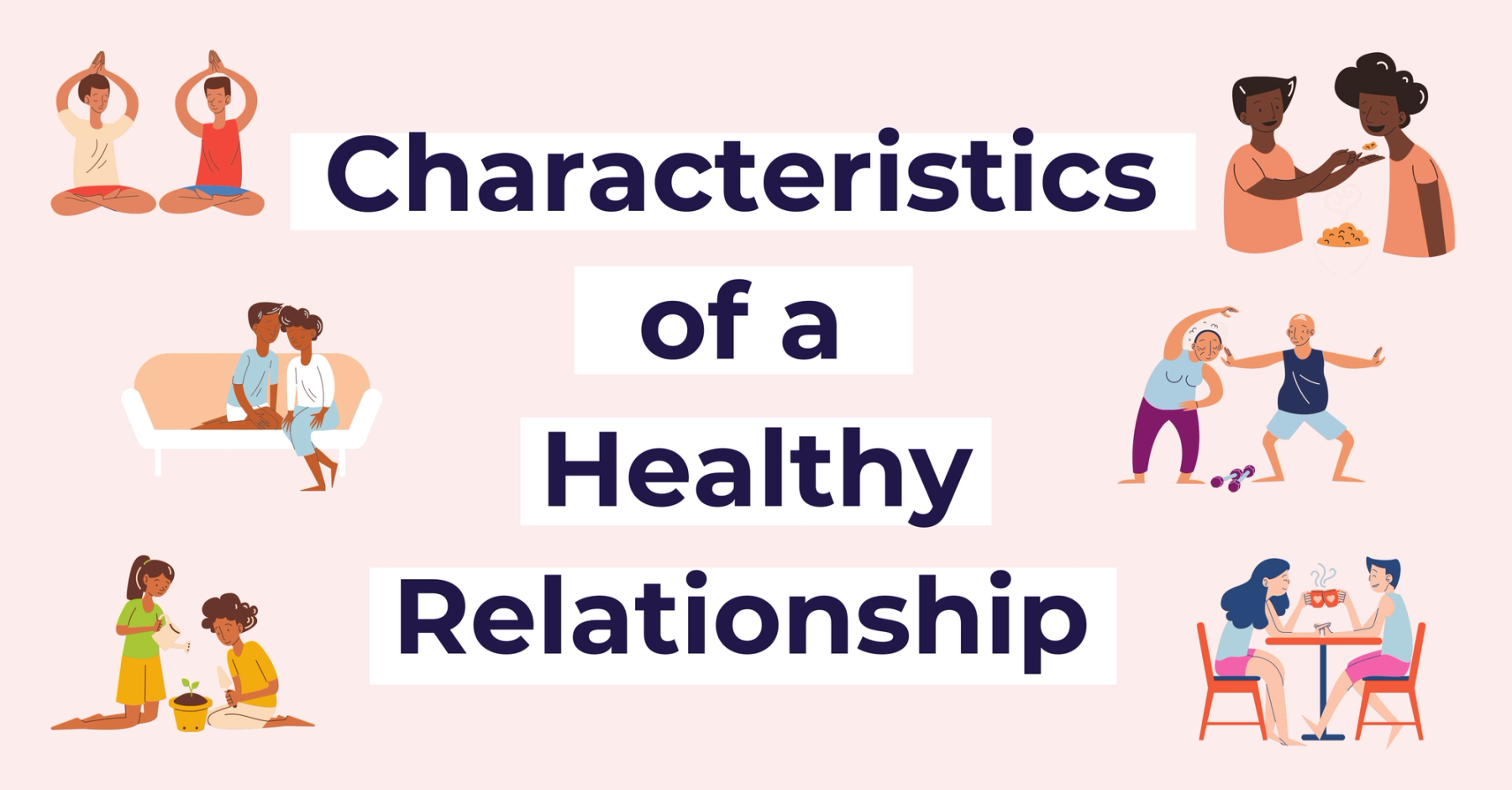February 2nd, 2022

February is Teen Dating Violence Awareness Month. This month, there is a long-term push for advocacy and education to stop teen dating abuse. According to the CDC, Teen Dating Violence is defined as intimate partner violence that can consist of physical violence, sexual violence, aggression, and stalking.
In the U.S. millions of teens are victims of partner abuse every year. Over the course of a year, high school students reported that 1 in 14 females and 1 in 11 males experienced physical dating violence, and 1 in 8 females and 1 in 26 males experienced sexual dating violence. Additionally, 26% of women and 15% of men who have been the victim of abuse from an intimate partner report their first experience occurred before age 18.

Much like teen dating violence, perpetrators of domestic violence know their victims intimately well. Abuse in these relationships can take different forms, including physical, sexual, emotional, verbal, and financial abuse. The difference between domestic violence and teen dating violence is that teen dating violence only occurs between adolescents in a romantic partnership, whereas domestic violence can occur in any relationship. Additionally, domestic violence also affects more people than teen dating violence, including family members, ex-spouses, cohabitants, and friends.
Victims of domestic violence and teen dating violence are both susceptible to falling into a pattern of violence in relationships, and unhealthy coping skills. Teenage victims of dating abuse are especially at risk of repeat abuse when they go to college and lifelong victimization.

So, how can one develop the characteristics of a healthy, happy relationship? What are the red and green flags should you look out for in relationships?
It is important to educate oneself on teen dating violence, domestic violence, and healthy and unhealthy relationship characteristics before one settles into a relationship or begins dating.
If you are a survivor of teen dating violence or know of others, please reach out for help. Call 911 or National Domestic Violence Hotline (800-799-7233), if you need immediate care. Individual therapy, group therapy, and ongoing support groups can also help.
Written By: Khadija Manzoor, LPC
At Clarity Clinic, we have highly trained staff who specialize in therapy and psychiatry services. To learn more about how we can support your mental health, call Clarity Clinic at (312) 815-9660 or schedule an appointment today.
Our Services
Virtual/Online CarePHP and IOPAdult PsychiatryChild & Adolescent PsychiatryAdult TherapyChild & Adolescent TherapyCouples CounselingFamily TherapyGroup TherapyPsychological TestingTranscranial Magnetic Stimulation (TMS)